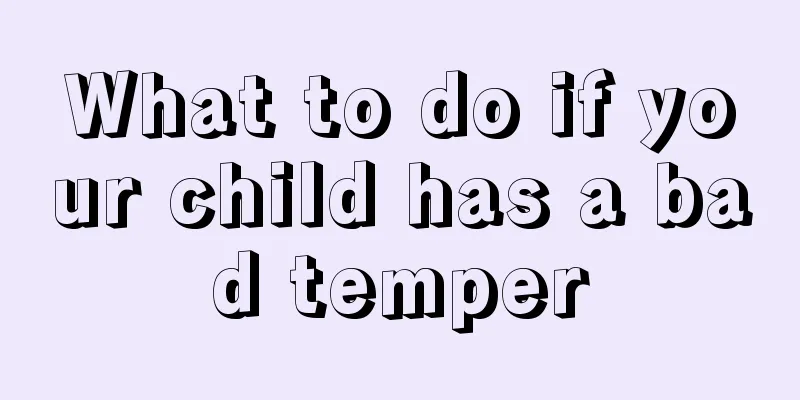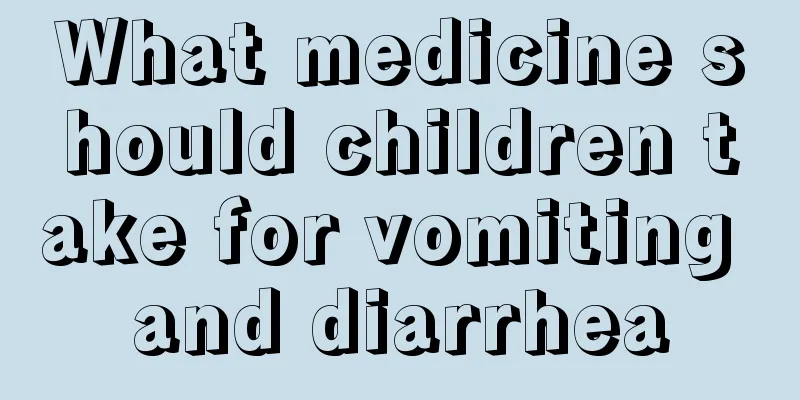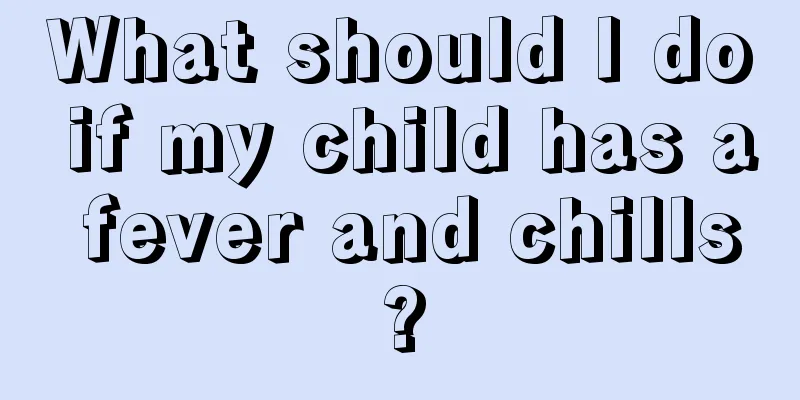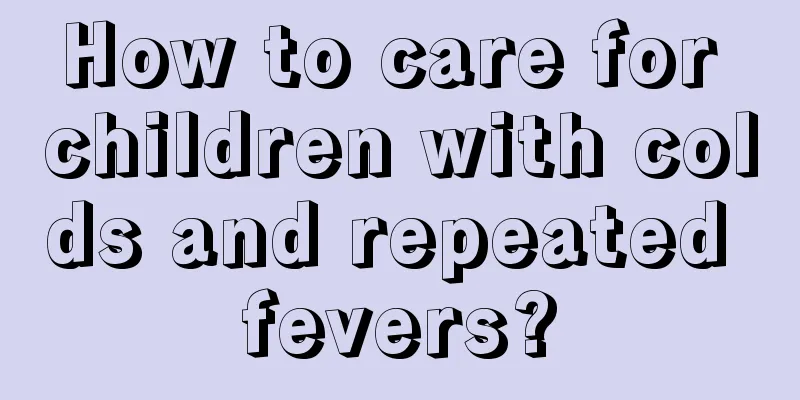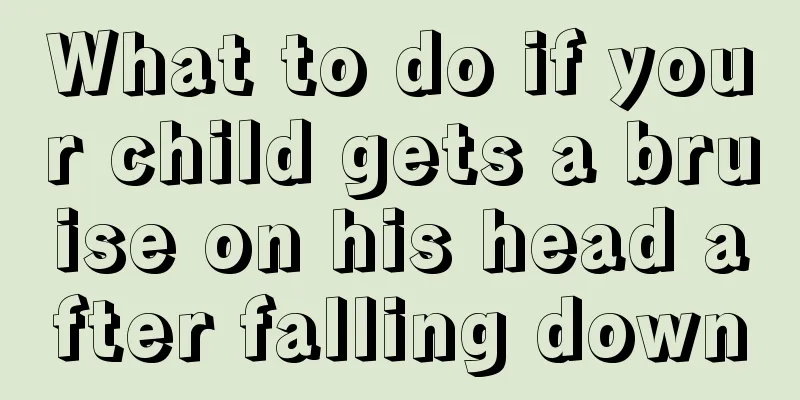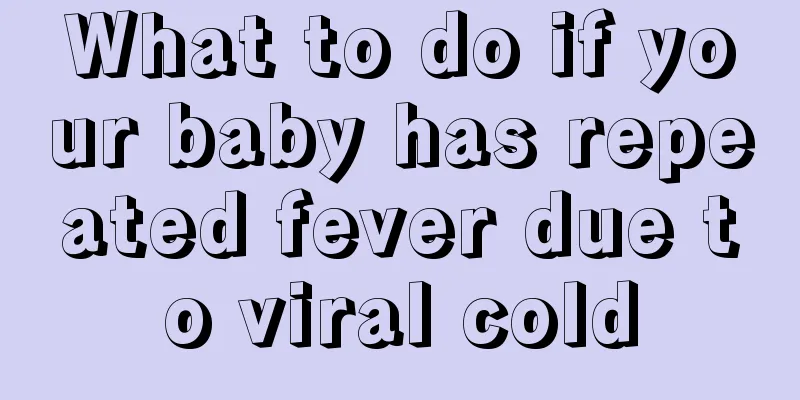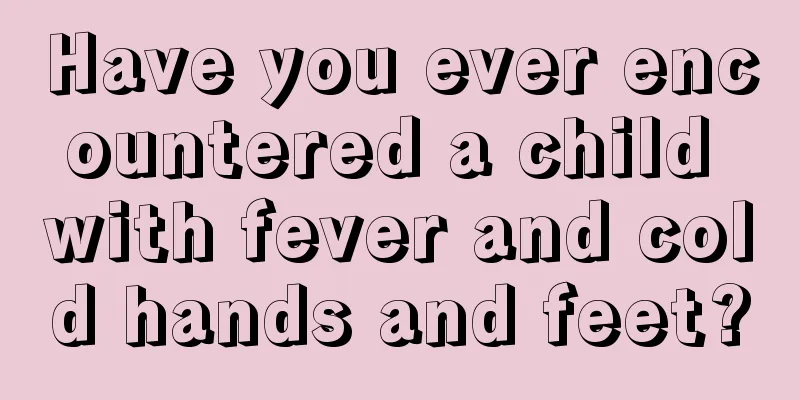What does pediatric neurology check?
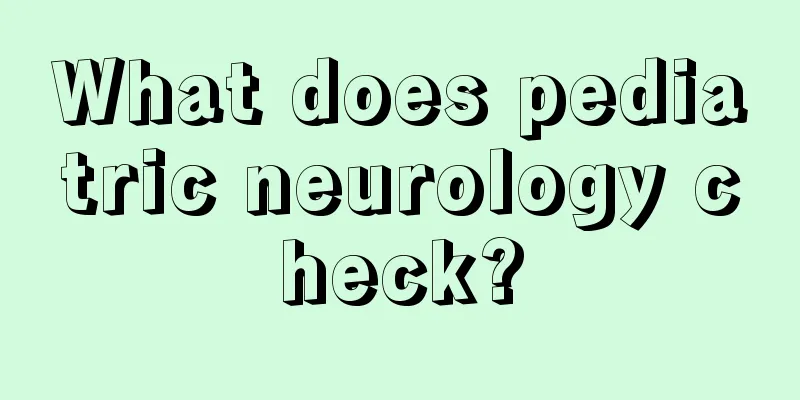
|
Children are particularly prone to some neurological diseases when they are young. When children have neurological diseases, they generally need these detailed examinations. Only in this way can the doctor accurately judge the child's condition, because most neurological diseases are related to the child's intellectual development and cannot be taken lightly. So what should pediatric neurology examine? 1. General examination 1. The state of consciousness and mental behavior can be judged by the child's response to various stimuli to determine whether the level of consciousness (i.e., the depth or shallowness of consciousness) is impaired. It can be divided into drowsiness, lethargy, semi-coma, and coma from mild to severe. A minority of patients mainly present with reduced or abnormal content of consciousness, such as delirium, loss of orientation, and mental and behavioral abnormalities. People with intellectual disabilities often show symptoms such as difficulty in communication, abnormal emotions and behaviors that are detached from their surroundings, etc. 2. Head circumference can roughly reflect the volume of intracranial tissue. When the head circumference is too large, you should pay attention to hydrocephalus, subdural hematoma, megalencephaly, etc. A small head circumference may be a warning sign of brain development stagnation or brain atrophy, but approximately 2% to 7% of children with small head circumference may still have normal intelligence. Note the fontanelles and sutures; premature closure is seen in microcephaly. Enlarged fontanelle accompanied by bulging, increased tension, and cranial suture dehiscence all indicate increased intracranial pressure, and a "broken pot sound" may be heard when percussing the skull. For infants suspected of having subdural effusion or brain perforation malformation, a transillumination test can be done in a dark room with a flashlight close to the skull. If the aperture is >2cm in the forehead, >1cm in the occipital area, or there is asymmetry on both sides, it will suggest the diagnosis. 3. Certain neurological diseases of the skin may be accompanied by characteristic skin lesions, including skin depigmentation spots, facial sebaceous adenomas, skin café au lait spots, or facial vascular nevi. (ii) Cranial nerve examination 1. The olfactory nerve repeatedly observes the response to perfume, mint, or certain unpleasant smells. Olfactory nerve damage is common in patients with congenital ganglion cell dysplasia or lesions of the frontal lobe or skull base. 2. The optic nerve mainly checks visual acuity, visual field and fundus. (1) Vision: Immature children may frown or become uneasy in response to strong light. 3-month-old babies begin to use their eyes to look at and follow moving objects. Under the eye chart test, the visual acuity of a 2-year-old is about 6/12, and reaches the adult level of 20/20 before the age of 3. (2) Visual field: Older children can use a visual field meter directly. For infants and young children, the examiner can stand behind the baby or face to face with the baby and slowly move a brightly colored toy (for the baby) or a white sight mark from the far side into the field of vision, noting whether the baby's eyes and head turn toward the toy or the patient's expression when seeing the sight mark, and comparing it with the examiner's own field of vision to roughly assess whether there are any visual field abnormalities. (3) Fundus: It is difficult to examine the fundus of infants and young children, so it should be performed after dilation of the pupil when necessary. The optic papilla of a normal newborn is whiter in color due to the small number of blood vessels. Do not mistake this for optic nerve atrophy. Papilledema and retinal venous congestion may occur in chronic intracranial hypertension. 3. Observe the oculomotor, trochlear and abducens nerves for ptosis, nystagmus, strabismus, etc. Check the extraocular muscle movements of the eye upward, downward, and side to side. Note pupil size and shape, as well as light reflex, convergence and accommodation reactions. 4. For the trigeminal nerve, pay attention to whether the lower jaw is deviated when opening the mouth. When chewing, feel the contraction force of the masseter and temporalis muscles on both sides to determine the function of its motor branch. Observe the response of forehead and facial skin to pain stimulation, and touch the cornea lightly with cotton wool to check corneal reflex to understand the function of sensory branch. 5. Facial nerve: Observe whether the bilateral sides of the face are symmetrical during voluntary movements or expressive movements (such as crying or laughing). In peripheral facial nerve paralysis, the upper and lower muscles on the affected side are affected at the same time, resulting in inability to wrinkle the forehead on the affected side, inability to close the eyelids, shallowing of the nasolabial groove, and deviation of the corner of the mouth toward the healthy side. In central facial paralysis, the nasolabial groove on the opposite side of the lesion becomes shallower and the corner of the mouth tilts toward the lesion, but there is no loss of forehead wrinkling and eyelid closure function. |
<<: What should I do if my baby always sweats?
>>: One and a half year old baby sleep time
Recommend
Why do children often catch colds and have fevers?
Many children have poor constitutions when they a...
Normal white blood cell count for newborns
White blood cells are a type of immune cells secr...
What kind of shoes are good for children?
Children are at an active age, so parents must pa...
What are the dangers of ADHD in children?
It is understandable that children are hyperactiv...
Symptoms of Japanese encephalitis caused by mosquito bites
In our lives, there are many Japanese encephaliti...
What are the benefits of a lunch break for children?
Children’s learning tasks are still quite heavy a...
Measuring the temperature of newborn babies
Every baby needs careful care and attention after...
What to do if a four-year-old child has tooth decay
Some people also call tooth decay cavities. Every...
Treatment for baby cough with white tongue coating
Recently, a new situation has emerged that babies...
What are the causes of constipation in children?
If a child is constipated, the amount of stool wi...
Why can't children eat scallops?
For adults, eating some scallops properly is very...
What should children eat when they have diarrhea?
Parents are the ones who worry the most when thei...
The dangers of drinking cups
A training cup is a cup used to train children to...
What harm does fluorescent agent have on babies?
When it comes to fluorescent agents, many people ...
What should I do if my child has itchy skin allergies?
Children's skin is more delicate than that of...
